5. Import Export (Ulrich Seidl, 2007)
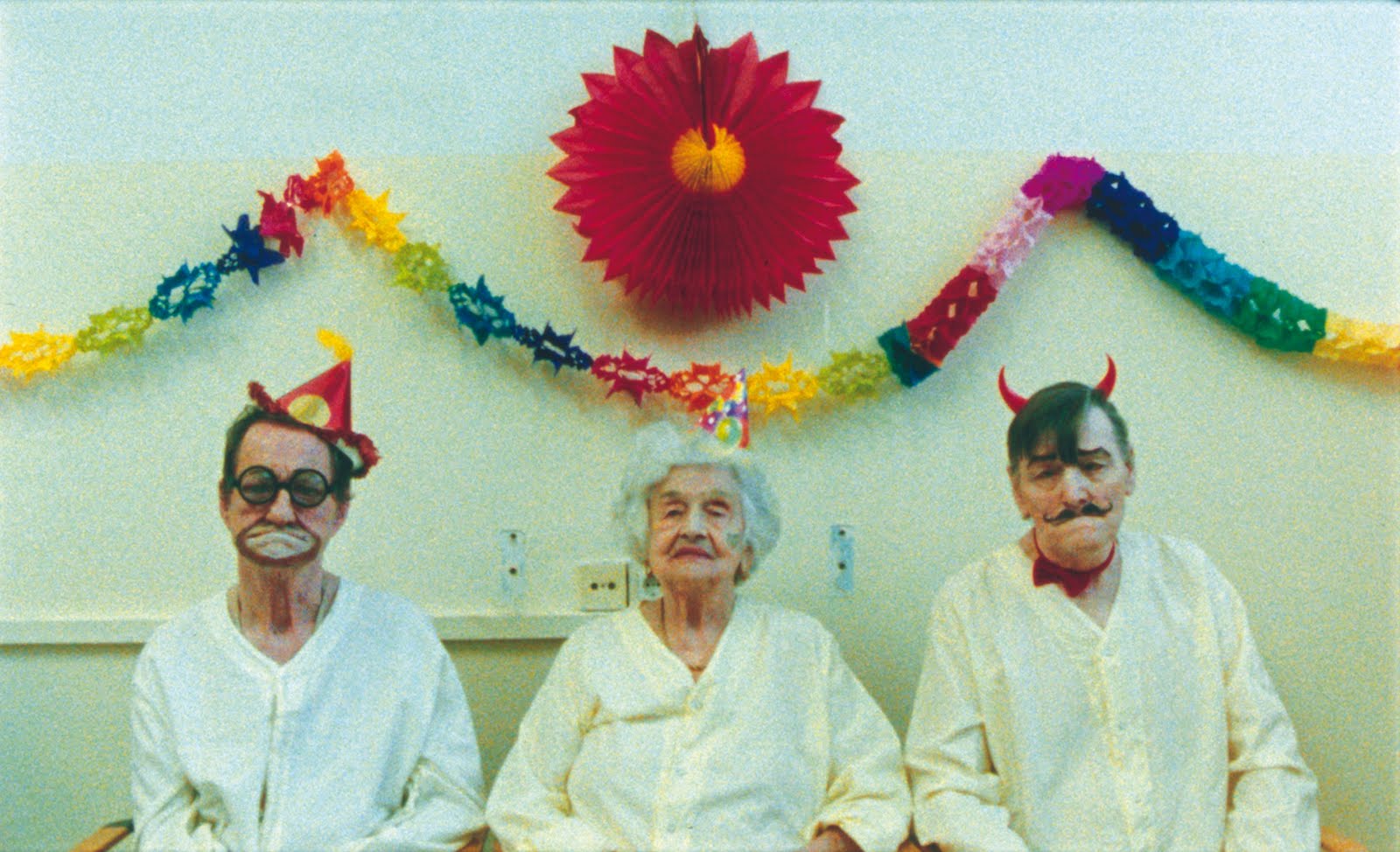
We often celebrate cinema that successfully conveys the bleakness of characters’ lives; characters who feel authentic and real, helping us to view and understand the society they operate within without us ever having to leave the comfort of our seats. Ulrich Seidl showcased his gift for human analysis with his 2001 film Dog Days, and before he embarked on his Paradise trilogy, his 2007 effort saw his passion for enlightening us to the struggles of a life of misfortune reach new heights.
Import Export tells two parallel stories: Olga (Ekateryna Rak) lives in Eastern Ukraine with her mother and child. Her job as a nurse pays insufficiently, so she gets a job making internet pornography. Eventually she escapes to Vienna in search of a better life, instead running into more hardship. The second narrative chronicles Pauli, a young security-guard from Vienna, who after a worrying chain of events, escorts his stepfather on a job to Ukraine, setting up electronic gambling machines.
As mentioned, it is a bleak and engaging dive into the lives of a society and its people that exists outside of our luxuries. Seidl uses the medium to inform audiences and raise our awareness and understanding of others’ situations and how they survive in a world they witness from a position of alienation and detachment.
Fiction films that can successfully replicate such an involving sense of the real and teach us about the world deserve great praise. Import Export was praised, however, it would be great to see more people discovering it for the first time over a decade on from its release.
4. Vital (Shin’ya Tsukamoto, 2004)
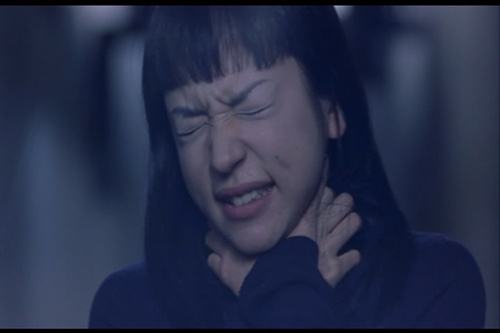
Although Vital remains one of cult filmmaker Shin’ya Tsukamoto’s very best films, it does not receive a shred of the attention that his surrounding work attracts. When his name is mentioned, most will be reminded of such efforts as Tetsuo: The Iron Man, A Snake of June, Tokyo First, and perhaps Bullet Ballet, and yet, his 2004 piece is arguably as important, exhibiting a much more lyrical and emotional vision which contrasts to his more routinely hyper-stylised output.
Hiroshi (Tadanobu Asano) wakes up in hospital after a severe car accident; his girlfriend has died in the collision, and he is suffering memory loss. After finding all of his medical textbooks, he once again finds a purpose and continues to strive towards a future while training at medical school. Months later, the class are tasked with dissecting a corpse – to Hiroshi’s shock, it is the body of Ryoko (Nami Tsukamoto), his former love. As the memories begin to flood back he is finally able to realise who he has lost.
It’s a heartbreaking and beautiful story, exhibiting Tsukamoto’s tender and sensitive side, of which he progressed even further with 2011’s Kotoko. Normally, it would be quite hard to recommend one of the director’s films to most people, yet this is definitely the easiest to propose to those who have found themselves disinterested with his work in the past. It deals with poignant themes of grief and loss that are dear to us all, executing them with maturity.
Vital is rife with gorgeous imagery, using locations to suggest existing in a border between their two separate worlds, communicating the difficulty of letting go and finally allowing a loved one to rest. It really deserves more appreciation, and even if you found yourself unimpressed by his other films, this one may be the one to sway you.
3. White God (Kornel Mundruczo, 2014)
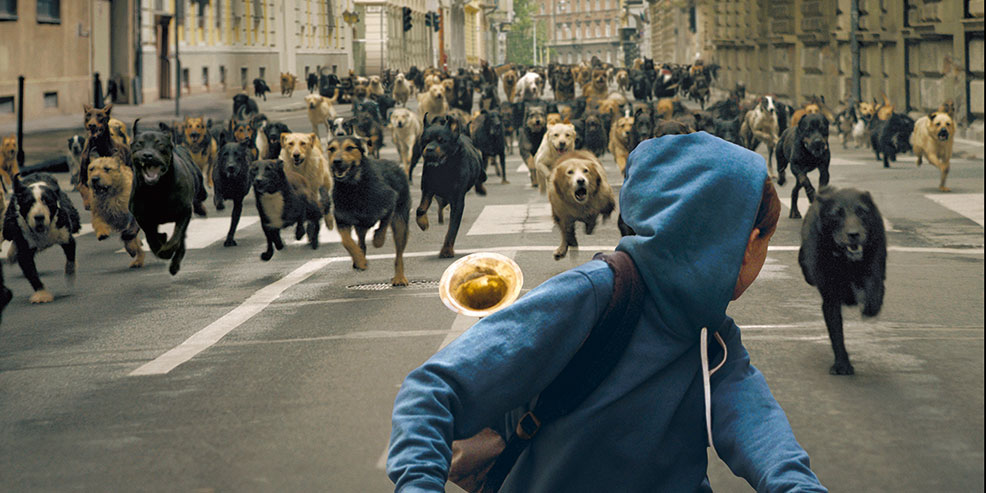
Whether you approach Mundruczo’s White God reflecting on its evocation of Hungarian history, its political allegory, or simply the way that animals are treated differently, you will be blown away by the films ambitious scope and immersive and unconventional characterisation. For much of the film we follow a dog, and yet, we are able to understand his personality, his emotions, goals, and ultimately invest ourselves entirely in his journey, which really isn’t easy to accomplish.
Thirteen-year-old Lili is sent to live with her estranged father, finding comfort in her loneliness through her pet dog Hagen. The Hungarian government have imposed a hefty fee regarding the ownership of mongrels, so her father offers to buy her a pedigree, which she finds justifiably insulting.
After tensions rise between the two of them, Lili’s father takes Hagen into the city and abandons him, sending the young girl into a shockwave of despair. However, their loyalty to one another is not easily forgotten, and the two of them search for their respective companions.
The film won the Prize Un Certain Regard at the 2014 Cannes Film Festival, an award wholeheartedly earned. The narrative takes us on an emotional quest unlike anything else in recent years, and as insane as it sounds, the dog’s performance is one to be celebrated; Hagen feels unmistakably human and intelligent in his facial expressions and demonstrative body language, ensuring the audience always knows how the character is feeling. If not for the performance, the film would have failed to fulfil the duties at its moral core, to make you care and believe in their unspoken bond and yearn for their reunion.
The last act is visually masterful, elevating this moving-drama into something on an altogether epic and grand scale. Surprisingly it isn’t praised as often as one would expect to find after watching it, and it has the potential to ignite further invigorating discussion surrounding oppression. It’s triumphant and impactful filmmaking.
2. The Beast (Walerian Borowczyk, 1975)
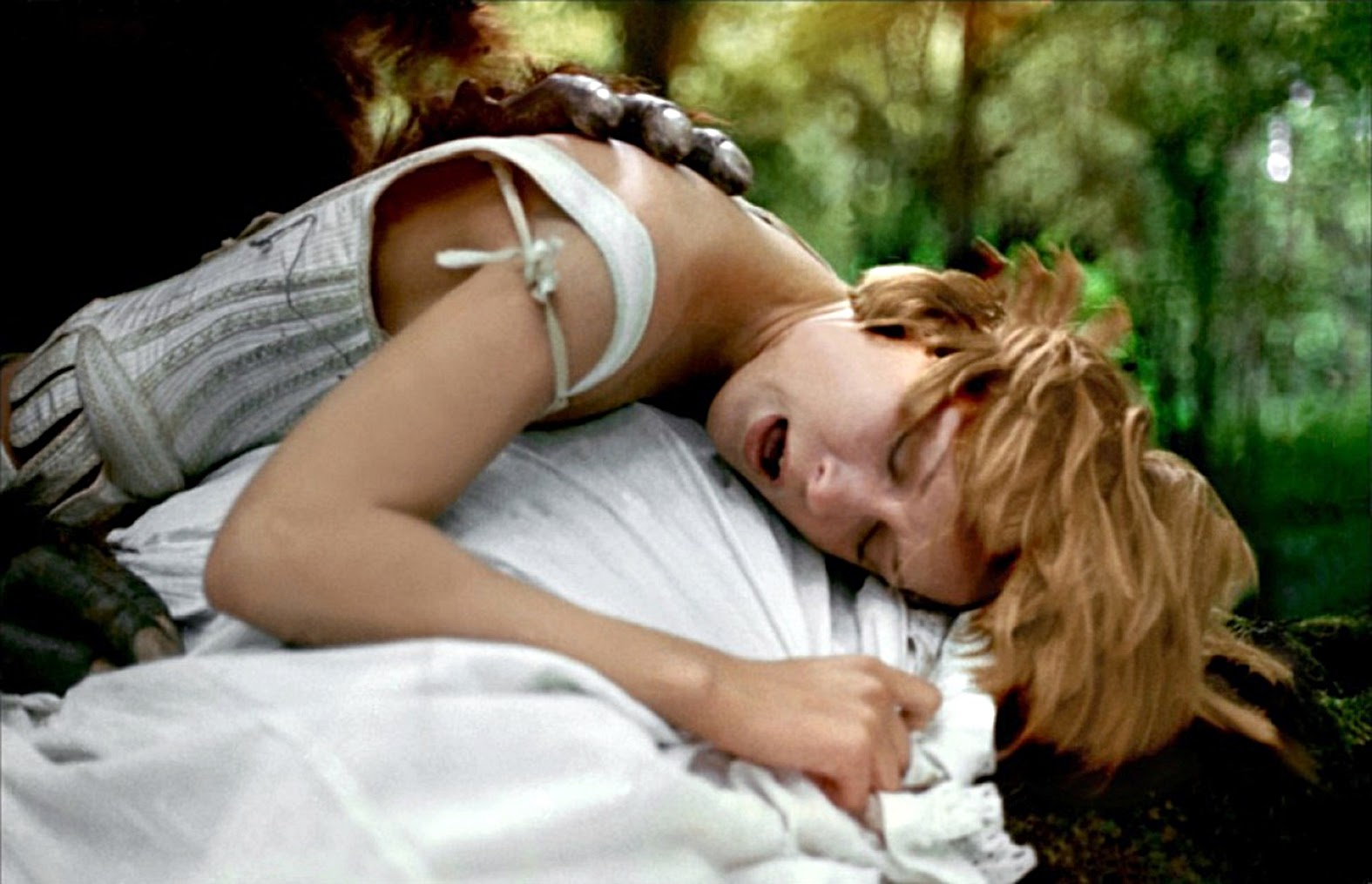
The strange and unsettling realm of cult cinema should be embraced and experienced, and those familiar with the strangest depths will know and applaud the name Walerian Borowczyk.
It would be hard to debate that any other filmmaker quite like him exists; a pioneer of the erotic, perverted and deranged. He has made some intriguing films, such as the criminally undervalued Blanche, the sexual showcasing of Immoral Tales – however, none of his work operates in the same league as the wholly unique The Beast. Love it, loathe it, never forget it.
A French aristocrat attempts to save his family’s name by marrying off his deformed son to a young American heiress. The area surrounding the disrepaired mansion has an unconventional history which begins to invade the young woman’s dreams, revealing the shocking truth of the l’Esperance lineage.
To declare the cinema of Borowczyk accessible would be a total lie – it is an acquired taste to say the least. However, it is recommended on the terms that you will never see anything like this ever again, honestly. Surprisingly – despite its portrayal of beastiality – the film is beautifully photographed, capturing some lovely natural locations.
The encounter with the beast is something that once seen can never be forgotten; it’s preposterous, oddly comedic, awkward, and honestly, rather jaw-dropping in a baffling sense. The Beast is mad filmmaking, and against all odds is highly enjoyable, which many will find hard to believe. Most will despise it, but others continue to cherish this bizarre gem as a boundary-bulldozing work of wicked provocation. To say anymore would spoil the fun.
1. The Tribe (Myroslav Slaboshpytskyi, 2014)
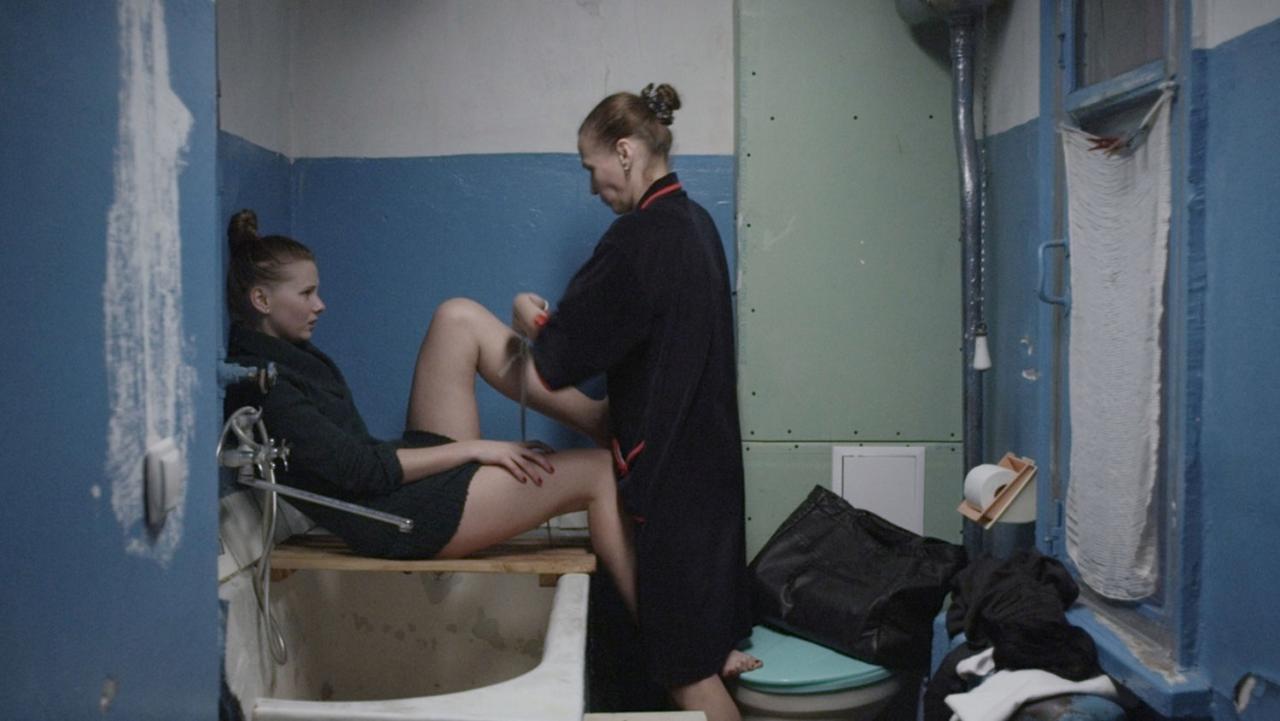
The Tribe is unquestionably one of the most original and fascinating films to come along in years. It is hard to believe that this is Myroslav Slaboshpytskyi’s directorial feature-debut – to try something so new and experimental with your first film is bold and daring, and yet, the results are distinctive and hypnotic, drawing us into a world of disturbing tribalism.
The film takes place at a boarding school for the deaf, as new student Sergey becomes embroiled in the illegal activities of one of the school’s scholars, plunged into a world of prostitution, gangs and violence. After he becomes involved with one of the girls he is tasked to pimp, things become even more complicated, escalating dangerous and toxic cause and effect.
The teenagers of the school have separated themselves into small and defensive communities, resulting in rival gang activity. The film features no dialogue, and all of the communication between characters is told through sign language, of which needs no translation.
It’s a bizarre experience, and feels as if we are watching a nature documentary on our own species, observing our impulse to foster hierarchical structures and looking at our most extreme behaviour in its simplest form, free from the complications of verbal explanation or justification.
It is essentially a gangster movie, but one like no other that has been previously made. The cruelty and treatment of the characters is shocking, and it must be noted that The Tribe is certainly not for the faint of heart – there are moments that will leave you absolutely speechless, leaving your mouth agape in the wake of its formidable and haunting conclusion.
For those that are searching for cinema which is able to execute something we haven’t seen before, look no further than here; it’s an unforgettable and one of a kind achievement.